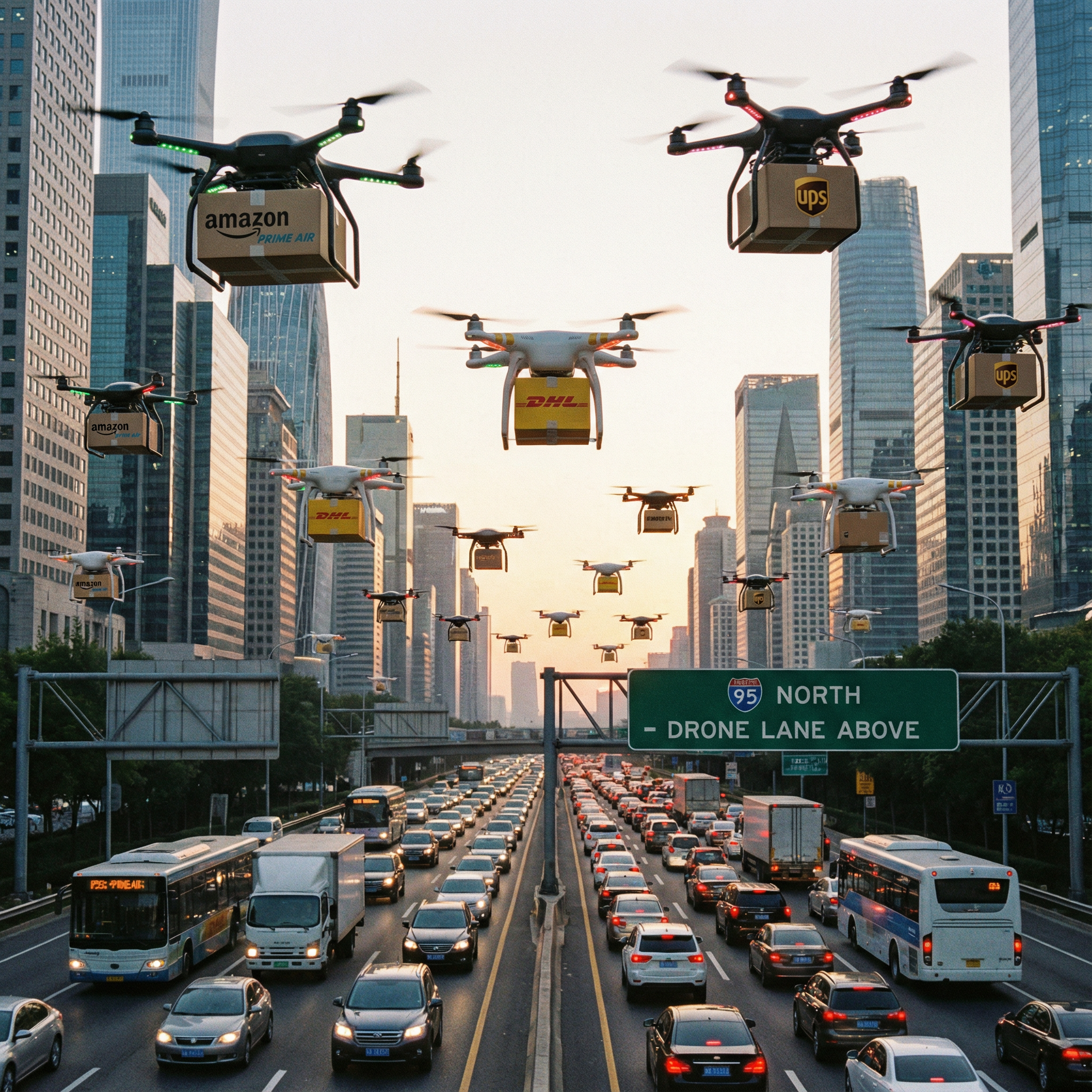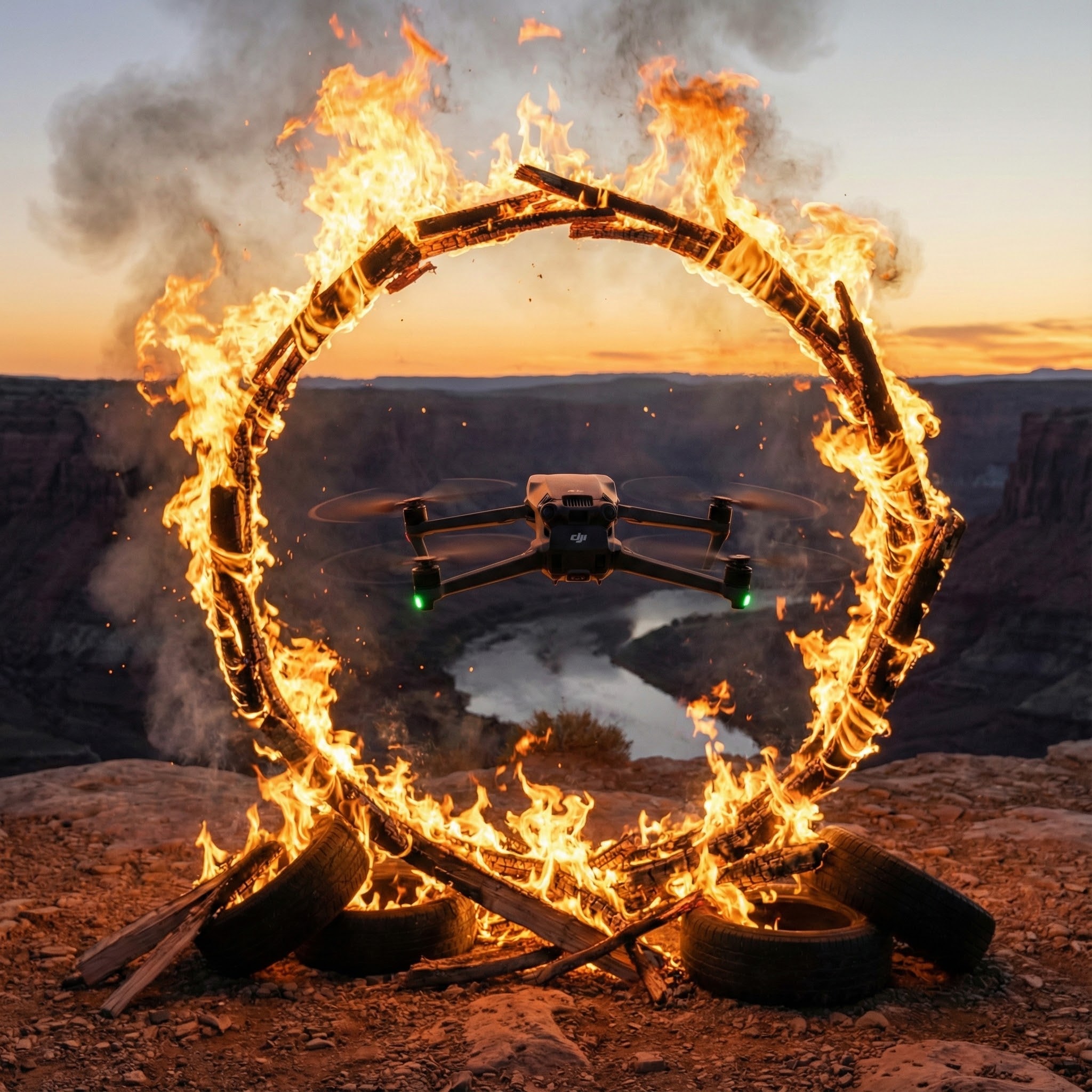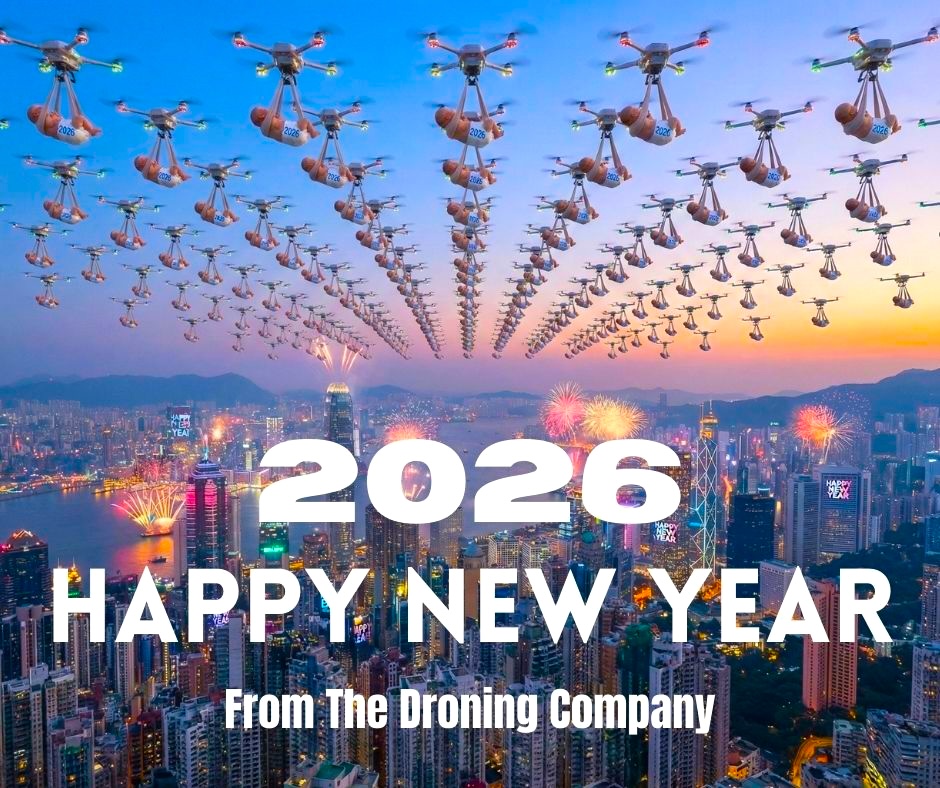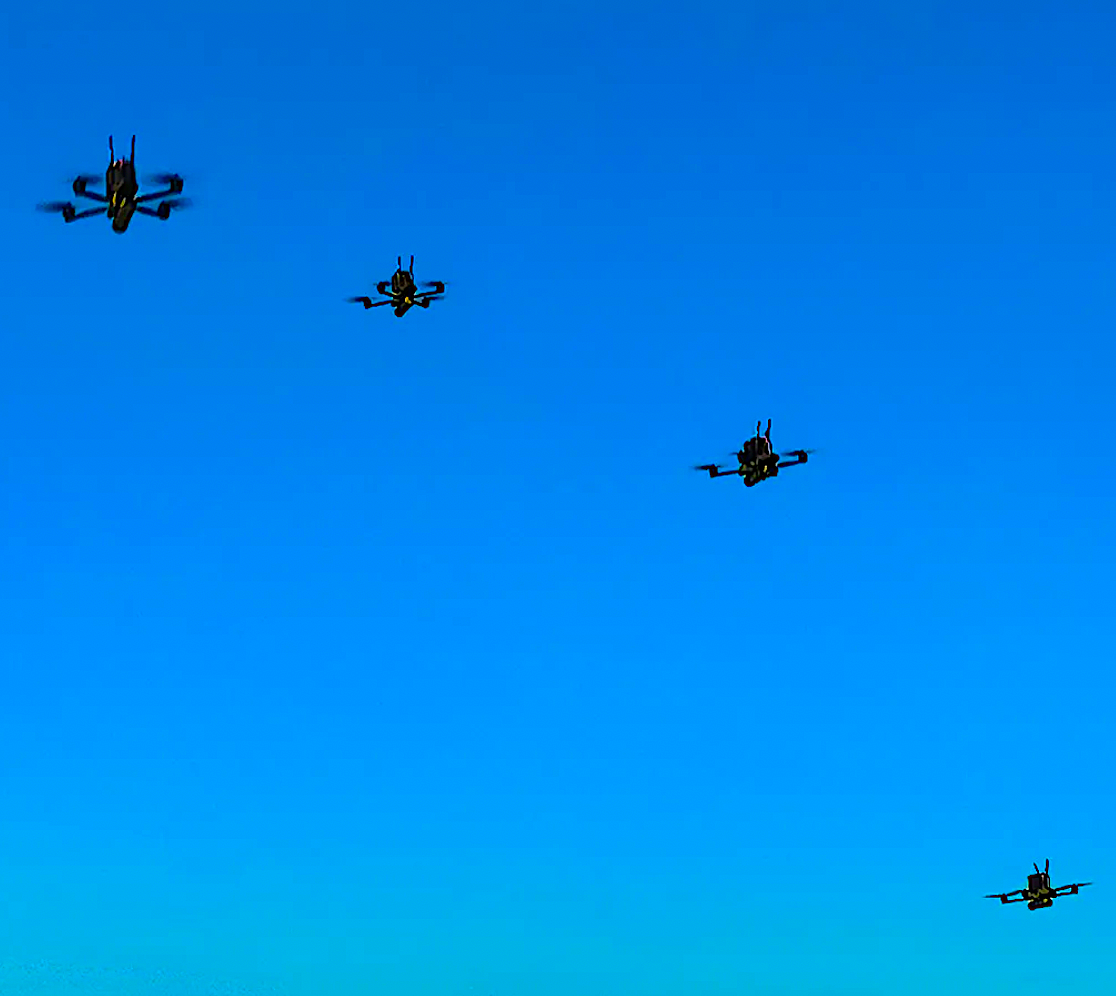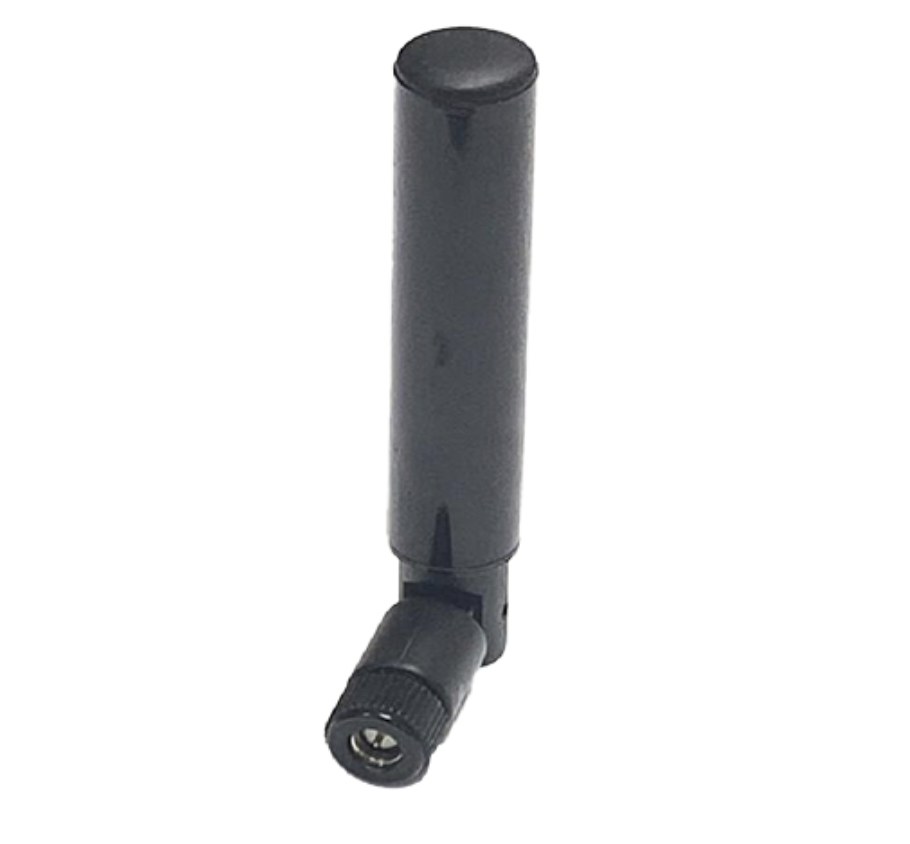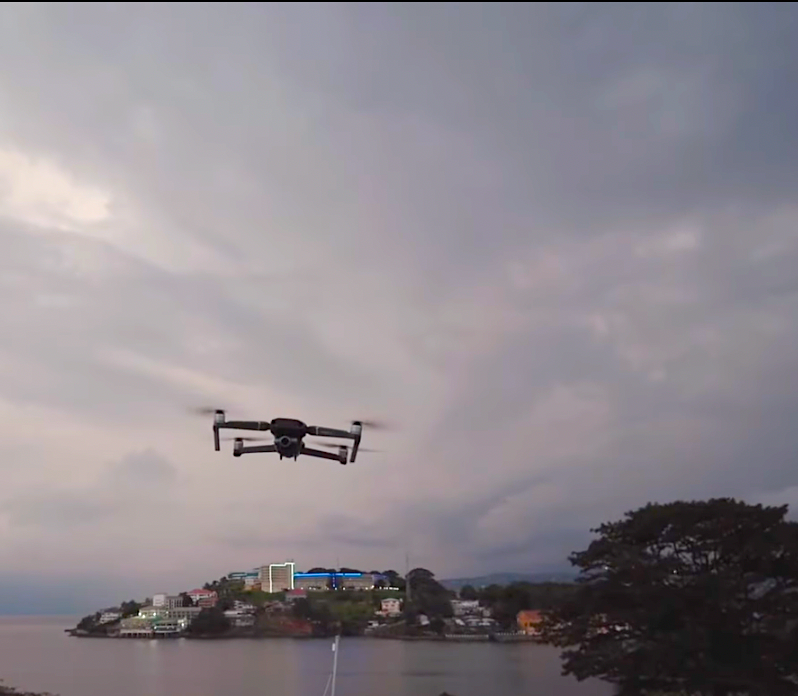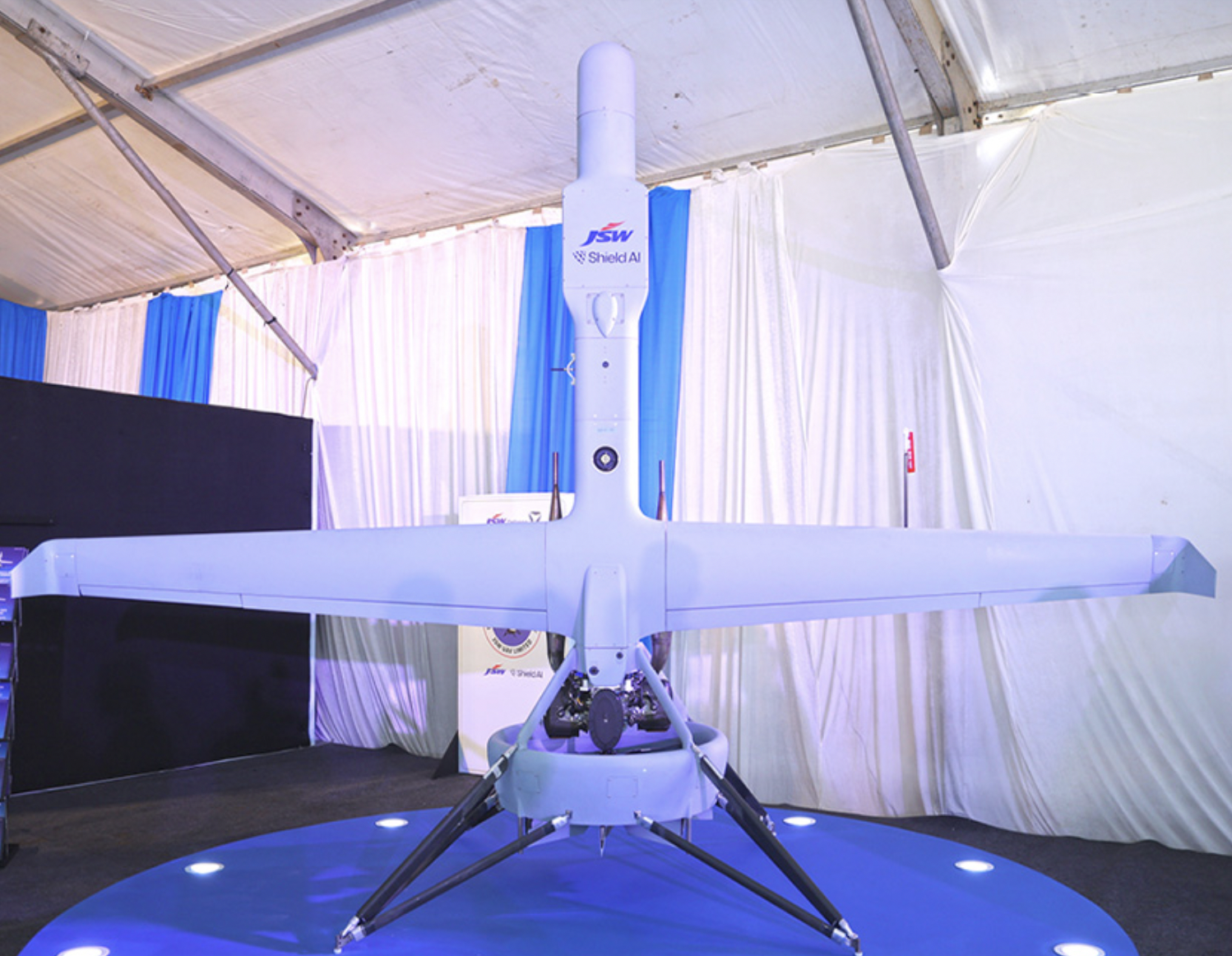Featured NewsTrending NewsBrazzelJob Strategies: Harnessing Opportunity in Unexpected Places
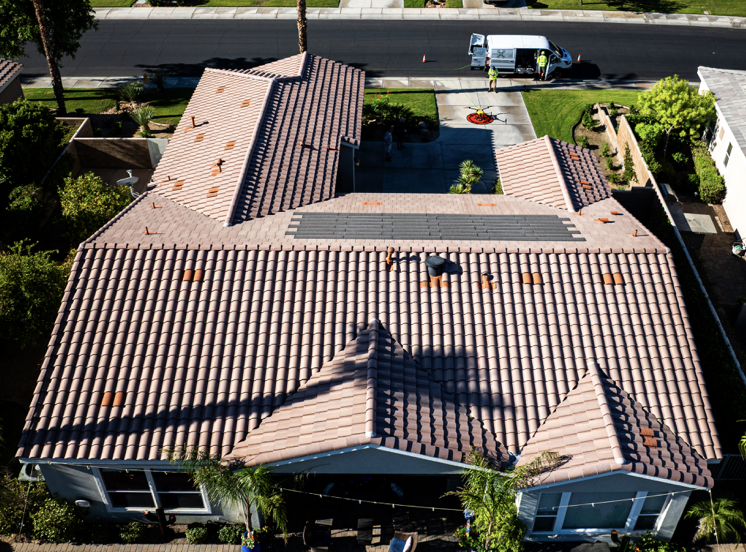
12 August 2025
Sometimes the best opportunities are the ones you didn't expect to show up. It’s up to you to embrace them, make them count, and if it doesn’t work out—appreciate the experience and keep moving forward.
For the past four months, I've taken weekdays, and time off from my full‑time job to work part‑time with DronePower1, a startup that uses drones to clean and power‑wash solar panels in the low desert—places like La Quinta, Palm Desert, and Palm Springs. It’s hands‑on, fast‑paced, and unlike typical drone work I’ve done before. Some maybe wondering. Why take time away from your full-time job to work this other position? Aren’t you losing income?' The answer is no. I use my personal paid time, which allows me to take on solar panel drone jobs during the cooler parts of the day. Since this job involves working in warm conditions at times, early starts are essential for both efficiency and safety."
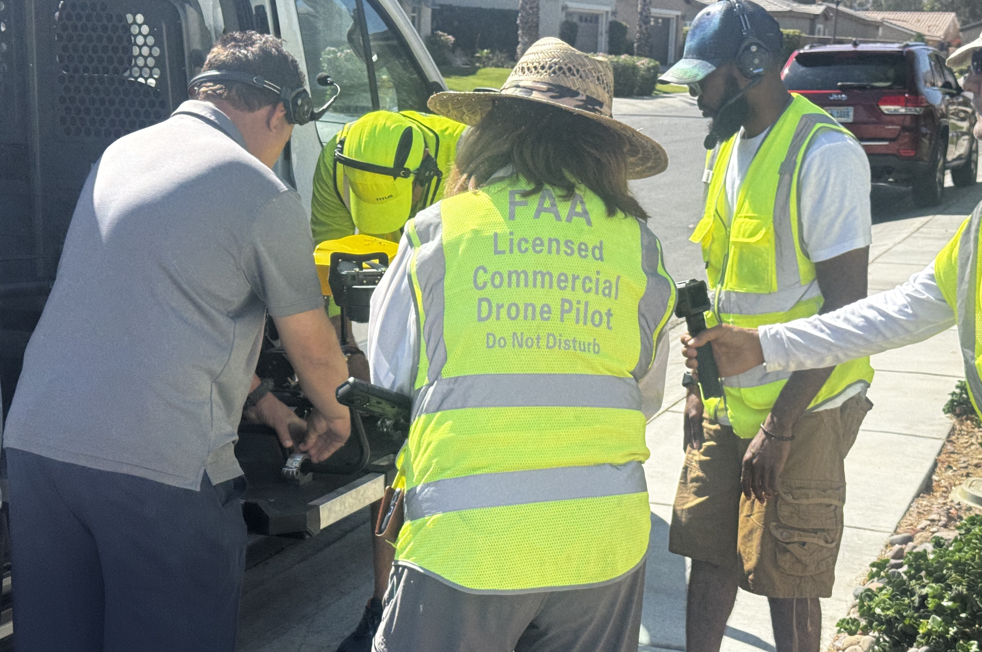
The Tech and Team Behind the Work
At the heart of the operation is the Joyance JTC10 drone. Here’s what makes it technically impressive:
- Take‑off weight: ~20 kg; net weight ~12.6 kg
- Fly up to 60 m altitude, with 15–23 minutes per battery
- Spraying width: up to 500 mm, with flow rate ~10 L/min
- Efficiency: Can cover 500 m² per flight, or up to 1,500 m²/hour
- Pressure: Up to 4,100–4,200 psi (adjustable)
- Smart features: Obstacle radar, IP56 protection, and fast battery swaps.
This drone is tethered to water and power, letting it hover steadily while delivering high‑pressure cleaning. The precision and efficiency are nothing short of game-changing in high‑altitude cleaning applications.
As a team, we rely on constant communication—using headsets, and a dedicated spotter to monitor the tether and visual line-of-sight, and careful coordination in desert heat. It’s work that demands both technical focus and situational awareness; days with up to three to four homes serviced can be hot and intense, yet undeniably rewarding.
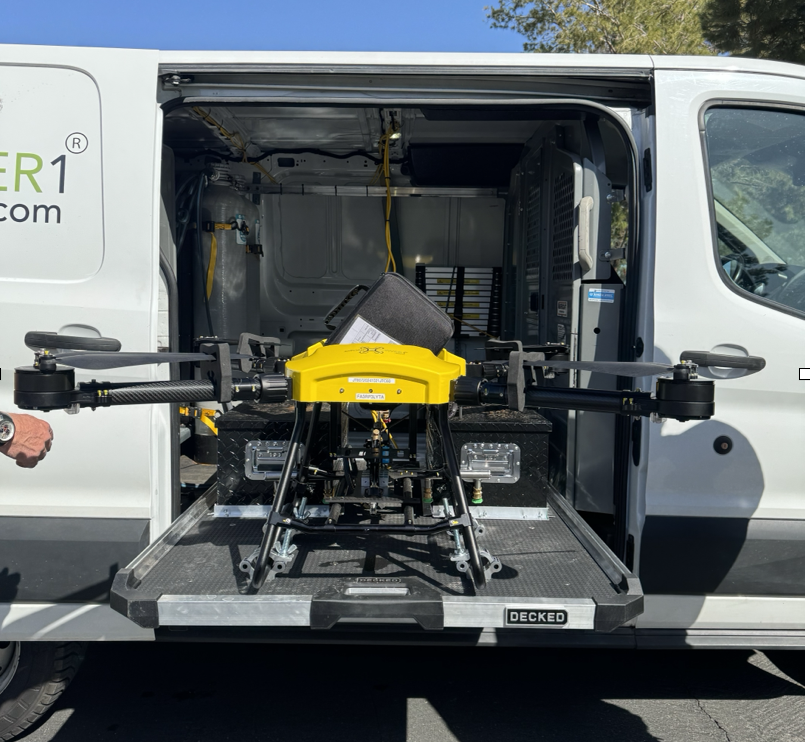
Joyance JTC10 drone
What It's Like Out There
Working these jobs feels like merging technology with tangible satisfaction. There’s something deeply motivating about flying over dusty solar panels, quickly revealing clean, gleaming rows beneath the desert sun. Seeing the customer’s gratitude—watching their eyes light up as panels transform—is a powerful reward.
I usually earn between $50–$70 per hour, a strong side income that offers much more than money—it’s autonomy, teamwork, innovation. But more than that, this job has a heartbeat. DronePower1 is young and growing, but it’s rooted in solving a real-world problem: keeping solar energy systems operating at peak performance through smart cleaning, from having to climb on top of rooftops, risking ones safety and possibly or unintentionally damaging solar panels.
A mentor of mine once said, “Opportunities don’t always come dressed like opportunities. Sometimes they look like hard work, noise, or even trouble.” This gig embodies that idea—it wasn’t glamorous, but it’s full of purpose.
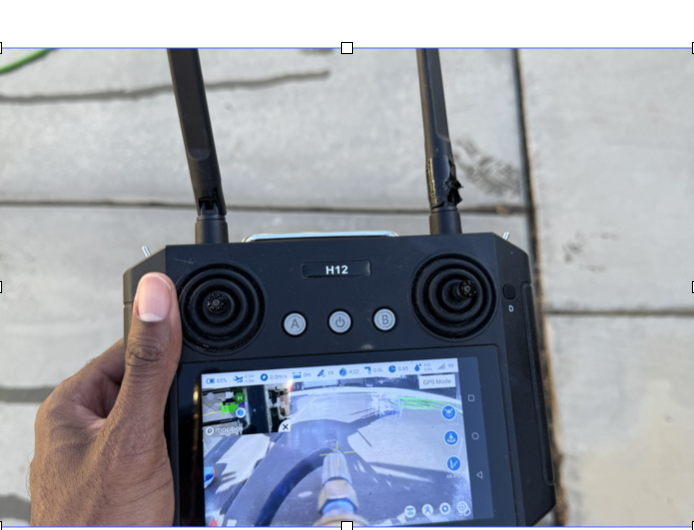
Flight controller
Drone Industry Growth and the Future of Flight
The drone industry is not just growing—it’s exploding. Let’s look at some forecasts:
- The global commercial drone market is projected to climb from $30 billion in 2024 to $54.6 billion by 2030, at a CAGR of 10.6% (Grand View Research).
- More broadly across all segments, the overall drone market may surge to $163–165 billion by 2030, with even more optimistic estimates reaching $260 billion (TS2.space).
- Drone Industry Insights forecasts the global commercial drone space hitting $54.6 billion by 2030, with energy (utilities) as a leading vertical.
- Even sectors like Advanced Air Mobility (AAM)—passenger air taxis and delivery drones—see potential valuations of $20.8 billion by 2035.
These trends underscore a bright future for drone-related work. As automation expands and regulations evolve—such as FAA’s new BVLOS rules and advanced autonomy certifications—there will be increasing demand for certified drone pilots, inspectors, and operators to navigate complex operations and maintain safety standards.
Lessons Learned and Words to Live By
Through this journey with DronePower1, I’ve learned:
- Embrace unexpected doors: This side job wasn’t on my radar, but stepping in opened a new world of education and experience.
- Combine heart with technology: Cleaning solar panels with a drone might sound mundane—until you see it in action.
- Stay resilient whether it works out or not.
As I often say: “If it works out—great. If it doesn’t—thank your mentors, embrace the lesson, and keep going.”
I owe deep thanks to Skip Fredricks of Hollywood Drones and Stuart Smith of The Droning Company for their guidance, techniques, and insights that helped shape my field expertise. Also, huge appreciation to the entire DronePower1 team, and the CEO Paul Lyman, founder and aviation expert with over 30 years of military and commercial experience—this endeavor is as much yours as it is mine.
